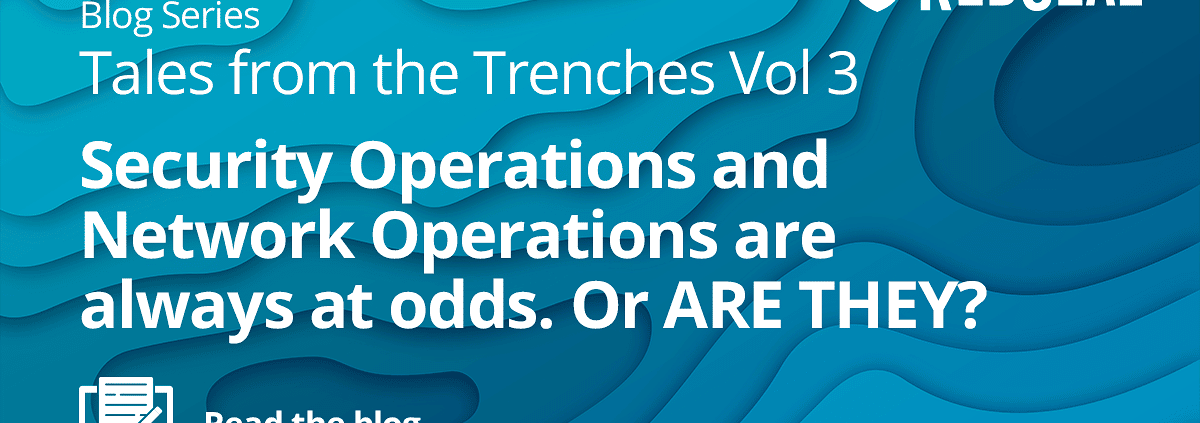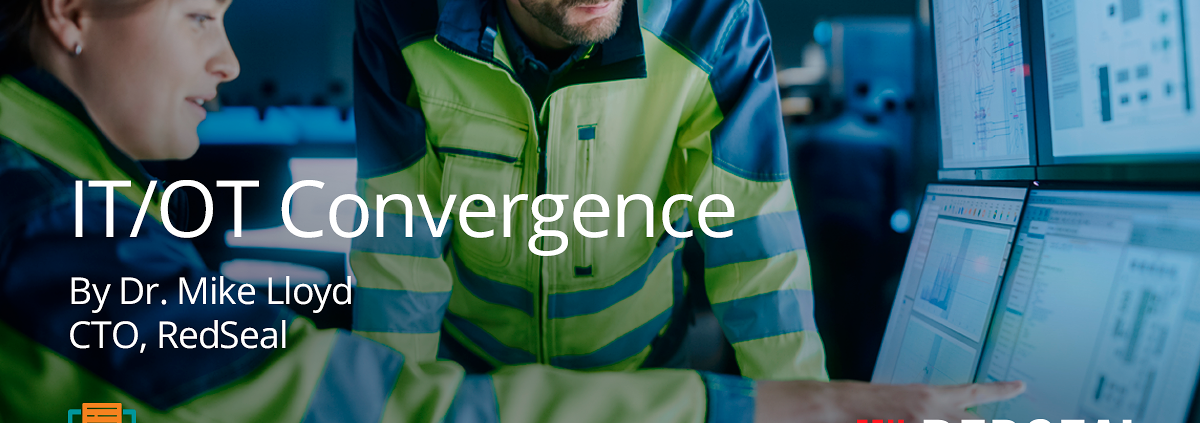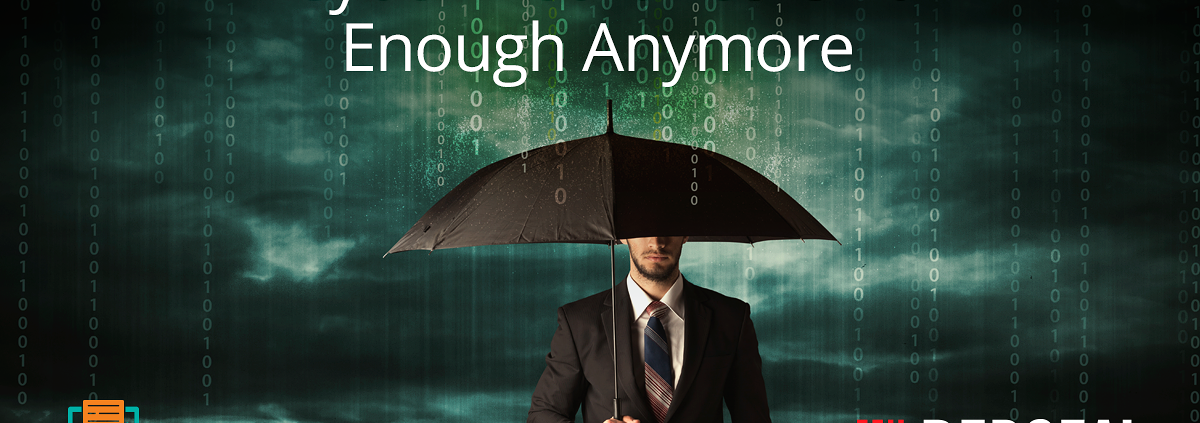One of the most significant benefits of implementing a multi-cloud strategy is the flexibility to use the right set of services to optimize opportunities and costs.
As public cloud service providers (CSPs) have evolved, they have started to excel in different areas. For example, programmers often prefer to use Azure because of its built-in development tools. However, they often want their apps to run in AWS to leverage the elastic cloud compute capability.
Adopting a multi-cloud strategy enables enterprises to benefit from this differentiation between providers and implement a “best of breed” model for the services that need to consume. They can also realize significant efficiencies, including cost-efficiency, by managing their cloud resources properly.
But multi-cloud solutions also bring their own challenges from administration to security. This can be especially challenging for organizations that don’t have deep experience and knowledge across all platforms and how they interconnect. It can sometimes seem like speaking a different language. For example, AWS has a term called VPC (virtual private cloud). Google Cloud Platform (GCP) uses that term, too but it means something different. In other cases, the reverse is true. The terminology is different but they do the same things.
Cloud provider solutions don’t always address the needs of hybrid multi-cloud deployments. Besides the terminology of AWS, Azure, GCP, Oracle’s OCI, IBM’s cloud, and others have different user interfaces. In a multi-cloud environment or hybrid environment, it can be far more difficult to secure than a single cloud.
Because of these challenges the need for a platform-independent solution that can understand all of the languages of each platform is needed to translate how your multi-cloud solutions are configured, interconnected, and help mitigate the risks.
How RedSeal Manages Multi-Cloud and Hybrid Cloud
At RedSeal, we provide the lingua franca (or bridge) for multi-cloud and on-premise networks. Security operations center (SOC) teams and DevOps get visibility into their entire network across vendors. RedSeal provides the roadmap for how the network looks and interconnects, so they can secure their entire IT infrastructure without having to be experts on every platform.
In most organizations using multi-cloud and hybrid cloud, however, network engineers and SOC teams are being asked to learn every cloud and on-prem resource and make sure they are all configured properly and secured. Many will deploy virtual cloud instances and use virtual firewalls, but as complexity rises, this becomes increasingly difficult to manage.
RedSeal is the only company that can monitor your connectivity across all of your platforms whether they are on-prem or in the cloud. This allows you to see network topology across all of your resources in one centralized platform.
Proactive Security
Proactive security is also complex. Most security offerings monitor in real-time to alert you when there’s an attack underway. That’s an important aspect of your security, but it also has a fundamental flaw. Once you recognize the problem, it’s already underway. It’s like calling 9-1-1 when you discover an emergency. Help is on the way, but the situation has already occurred.
Wouldn’t you like to know your security issues before an incident occurs?
RedSeal helps you identify potential security gaps in your network, so you can address them proactively. And, we can do it across your entire network.
Network Segmentation
Segmenting your network allows you to employ zero trust and application layer identity management to prevent lateral movement within your network. One of the most powerful things about RedSeal is that it provides the visibility you need to manage network segmentation.
It’s a simple concept, but it can also become incredibly complex — especially for larger companies.
If you’re a small business with 100 employees, segmentation may be easy. For example, you segment your CNC machine so employees don’t have admin rights to change configurations. In a mid-size or enterprise-level company, however, you can have an exponential number of connections and end-points. We’ve seen organizations with more than a million endpoints and connections that admins never even knew existed.
It’s only gotten more complex with distributed workforces, remote workers, hybrid work environments, and more third-party providers.
RedSeal can map it all and help you provide micro-segmentation for both east-west and north-south traffic.
Vulnerability Prioritization
Another area where RedSeal excels is by adding context to network vulnerability management. This allows you to perform true risk-based assessments and prioritization from your scanners. RedSeal calculates vulnerability risk scores that account for not only severity and asset value but also downstream risk based on the accessibility of vulnerable downstream assets.
In many cases, RedSeal uncovers downstream assets that organizations didn’t know were connected or vulnerable. These connections provided open threat surfaces, but never showed up in alert logs or only as low-to-medium risks. So, SOC teams already overwhelmed with managing critical and high-risk alerts may never get to these hidden connections. Yet, the potential damage from threat actors exploiting these connections could be even greater than what showed up as high risk.
RedSeal shows you the complete pictures and helps you prioritize vulnerabilities so you can focus on the highest risks in your unique environment.
Play at Your Best
In the late ’90s, world chess champion Garry Kasparov faced off against Deep Blue, an IBM supercomputer, in a six-game exhibition. Kasparov won the first match. Deep Blue won the second and the next three ended in draws. When Deep Blue won the final match and secured the overall victory, Kasparov was asked to concede that the best chess player in the world is now a computer.
Kasparov responded by saying that people were asking the wrong question. The question isn’t about whether the computer is better, but rather how do you play the best game of chess? Kasparov believes he lost not because the computer was better, but because he failed to perform at his best and see all of the gaps in his play.
You can’t afford to make mistakes in your security and beat yourself. By understanding your entire network infrastructure and identifying security gaps, you can take proactive measures to perform at your best.
RedSeal is the best move for a secure environment.
Learn more about how we can help protect your multi-cloud and hybrid cloud environments. Contact RedSeal today.










